Blog
Do you know granite is referred as different names in the stone industry? But, as per the geologists, granite is one particular type of stone that can be classified in different terms given the geological interpretation. For a geologist, granite is defined as a light-hued, coarse-grained igneous rock. That’s why you may find a geologist contradicting the commercial definition of granite.
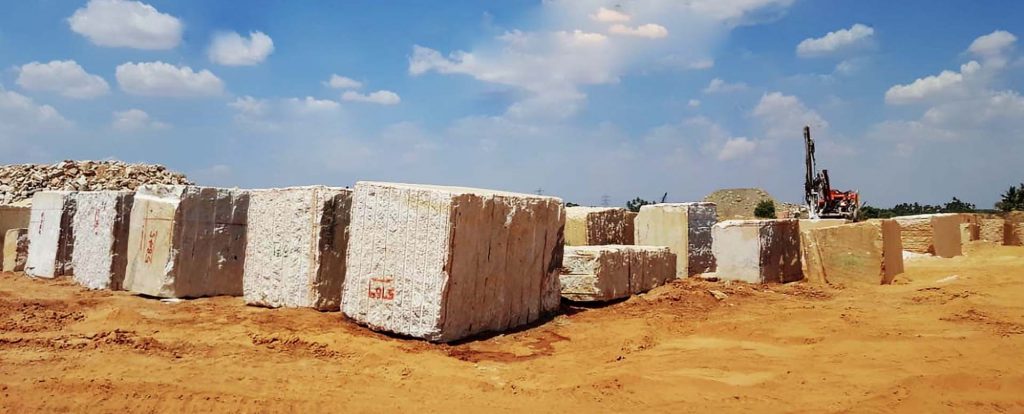
But this type of difference is bound to exist as naming conventions differ greatly across different nations. Those who are indulged in mining, gemstones, natural stones, granite exports, and geology all follow their own lingo. And that’s all acceptable. Every person refers to the names that make the most logic for their resolves. The stone industry needn’t begin categorizing granite slabs as granodiorite or monzonite just to satisfy geologists.
Here is a table that shows the difference in language used by geologists and stone industry professionals.
| Geologists | Stone Industry |
| Granite | Granite |
| Andesite | Granite |
| Gabbro | Granite |
| Basalt | Granite |
| Gneiss | Granite |
| Schist | Granite |
| Diorite | Granite |
| Syenite | Granite |
| Granulite | Granite |
| Anorthosite | Granite |
What is there in the name?
In the commercial natural stone landscape, “granite” sometimes refers to any hard stone that is not considered marble. Different granite exporters and suppliers use the term granite a bit contrarily. For instance, quartzite and sandstone are often termed granite. Preferably, the names of the stone should be based on what they really are. The more exact the meaning, the better it is for everyone to understand: buyers, salespeople, architects, designers, granite exporters, and landscapers. Keeping that in mind, stones with similar properties can be endured together for the sake of effortlessness.
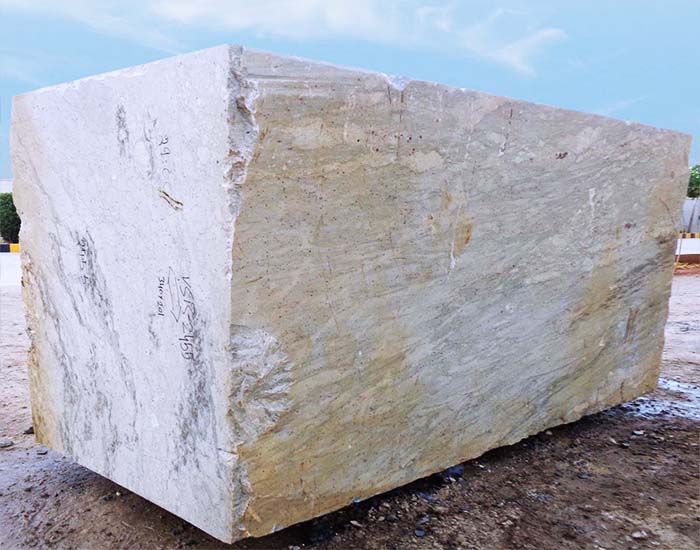
Maybe the most logical definition for commercial granite is one that includes all igneous rocks, plus gneiss and schist. This grouping makes sense because these stones have similar properties, are generally made of the same minerals, and can all be used in similar ways.
This post will discuss in detail igneous rocks that belong primarily to the granite family. Gneiss refers to a metamorphic rock that has been put at high temperature and trampled to the stage that a lined pattern emerges, lending the stone smooth stripes of color. Schist is another popular metamorphic rock that has high levels of mica, which gives a shiny look to the stone.
What does Granite mean?
Here, let’s discover more about granite from a geologist’s point of view.
According to geological explanation, granite is composed of four minerals: quartz, feldspars, mica, and hornblende. The color of feldspars could be white, light grey, and/or pink. Quartz is typically shiny grey, the mica contains black or silver flecks, and hornblende appears like black-colored frames. Each of these elements is big enough to become visible clearly. The stone possesses a light color and a lumpy texture that has all its colors consistently dispersed throughout the surface, without any specific design or grain. Some examples of geologist’s granite are French Green, S White, Impala Black, and Colombo Juprana.
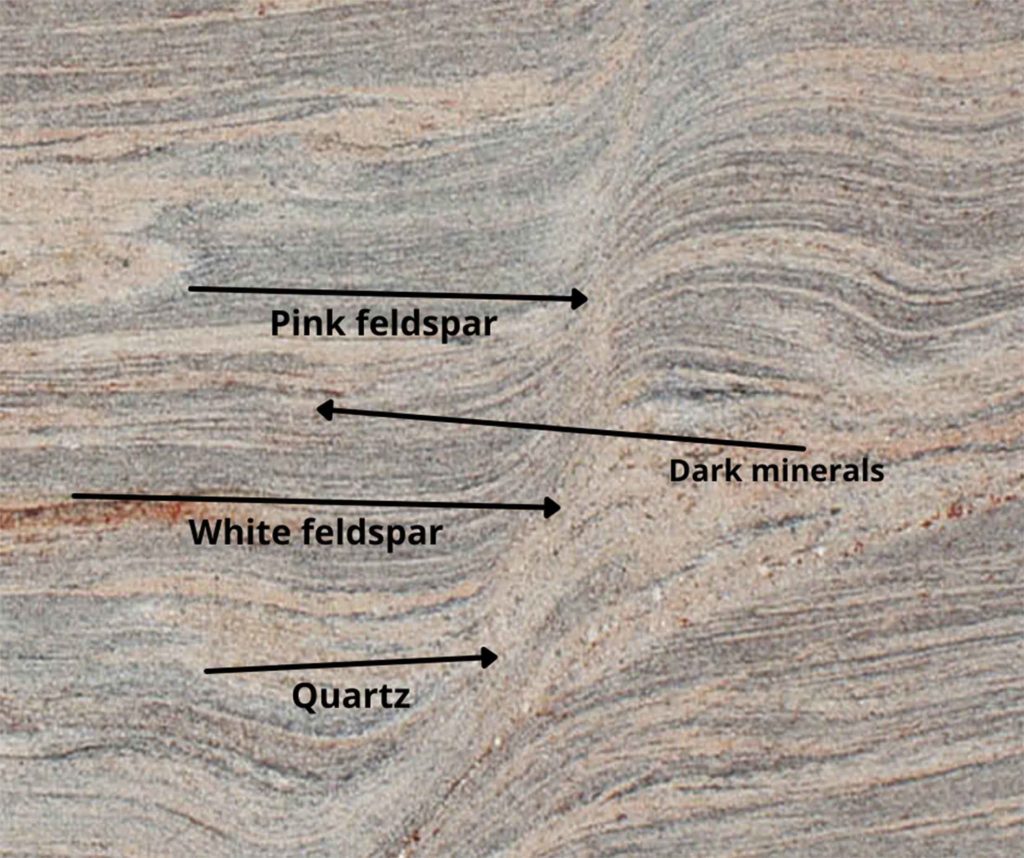
Featuring an interlocking texture – the crystals in a granite sit closely together like puzzle pieces. The presence of felspar tends to give it a pink, grey or white color.
As there are different types of igneous rocks, granite is one of them. Alike scientists, geologists prefer to classify objects which immensely helps in the determination of a specific variant of this popular natural stone. However, from a commercial point of view, these colors and mineral composition are primarily related to visual properties. Due to the wide variations of this igneous rock, different types of color and textures can be seen on granite stone.
Granite takes shape in magma zones
Granite and other types of igneous rocks are formed in a similar fashion. They began their journey as molten rock and cool gradually beneath the earth’s surface. Contrary to lave that comes out from a volcano, granite stays under the ground and cools slowly. This transforms it from a thick fluid to a solid buildup of crystals. Given the size and depth of the magma space, this process takes hundreds to millions of years.
According to geologists, the more time it takes for a stone to transform itself from a fluid to solid rock, the bigger its crystals will be. The rock gets a uniform texture if the entire chamber cools down at a constant rate. If not, the resulting rock will have minerals of different sizes. Some of the fine-grained granite stones like Absolute Black are found to cool down comparatively rapidly and that too near the earth’s surface where the temperature is not so high.
Special Granite Variants
Granulites
They refer to white or light golden granites that feature a sub linear grainy texture on their surface along with the presence of dark pink colored crystals. Being a metamorphic form of granite, these stones are popular due to their subtle colors and designs that can be included feasibly in a bathroom or kitchen. Some of the popular granite variants under this category are River Gold Granite, Colonial White Granite.
Pegmatites
These are granites with a heavy density of minerals. For example, you can take Alaska White which features a high presence of minerals. They are often considered the last portion of magma which solidifies. And, the availability of water in the magma supports the growth of minerals. This is why pegmatites contain more minerals.
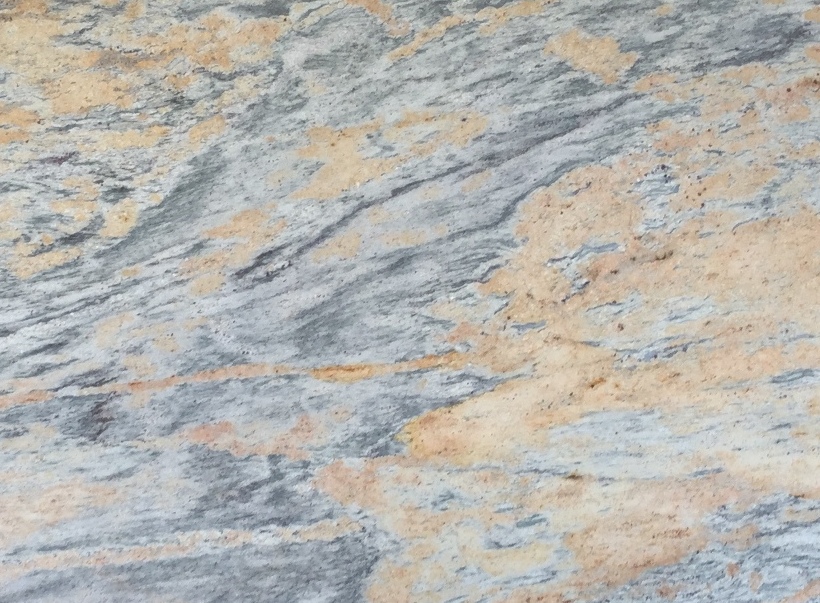
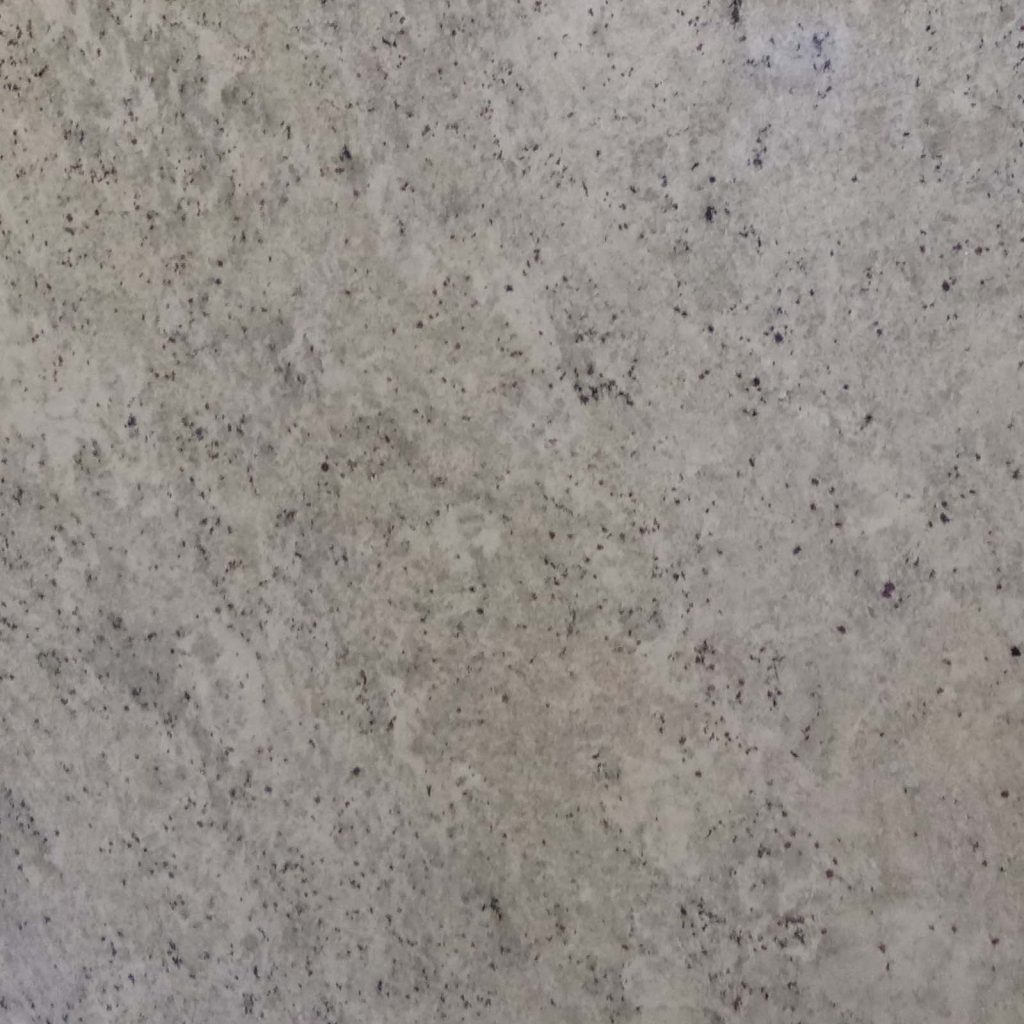
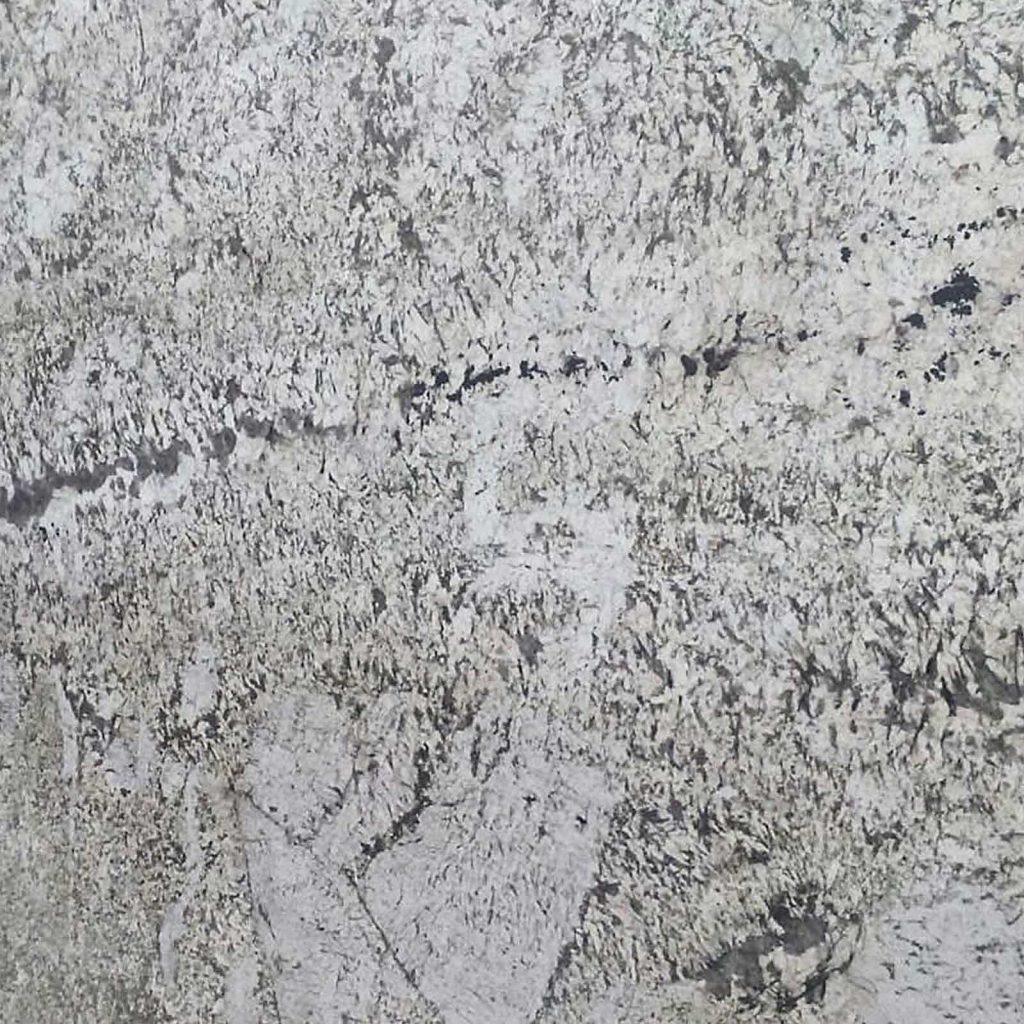
Granite Applications
It is not just the visual beauty of this stone that makes it popular but it is considered a bulletproof material among construction contractors, architects, and granite importers. Go anywhere in the US and you will come across prevalent use of granite across a range of applications including building stones, landscaping, and others.
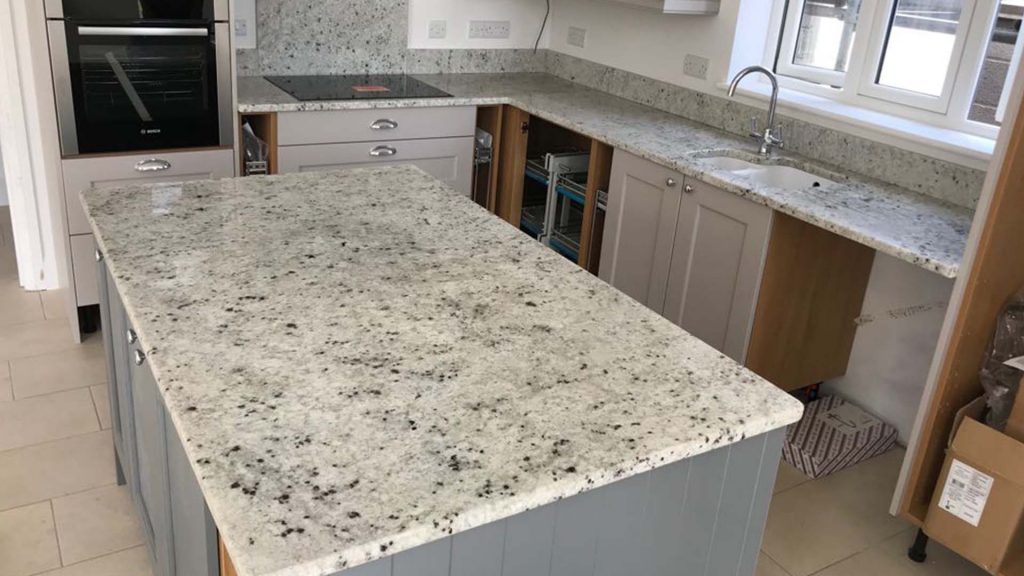
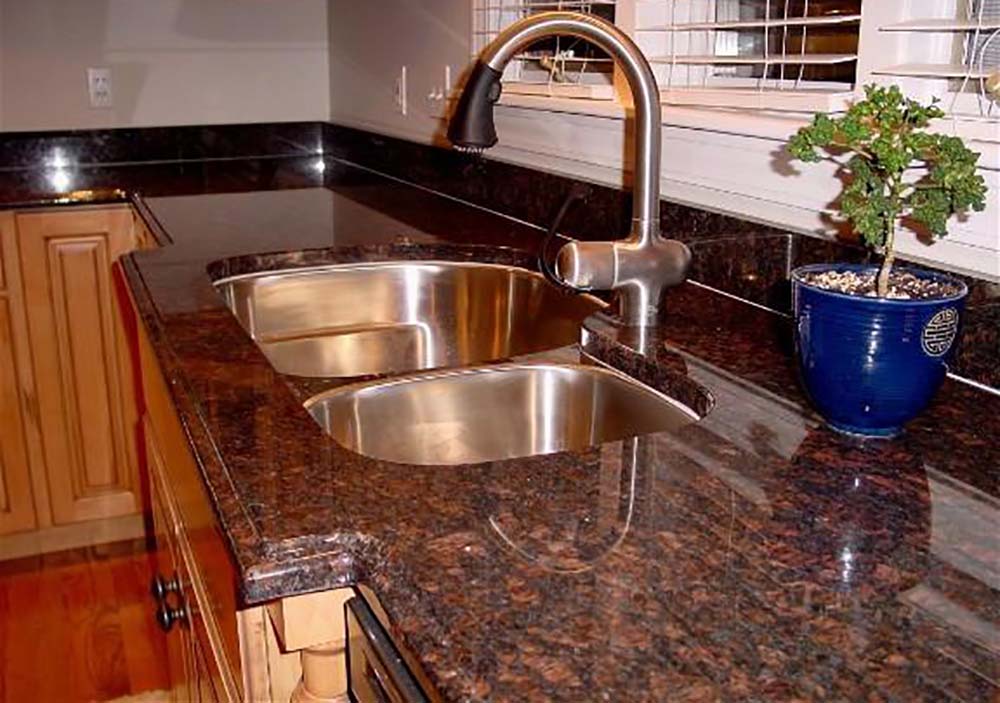

Though granite can be found in various parts of the world, Indian granite is known to be of high quality especially from the granite sourced from China. Be it color, strength, design variations, and longevity, Indian granite carries an upper edge over its counterparts.
The presence of a large number of granite exporters in India makes it easy for global B2B granite buyers to get high-quality stones at the most competitive rates. India is a prominent granite sourcing hub that produces high-quality granite tiles, rough blocks, countertops, and granite slabs in diverse color choices. There is an extended list of granite colors that buyers can choose for commercial construction projects.
